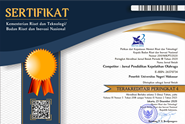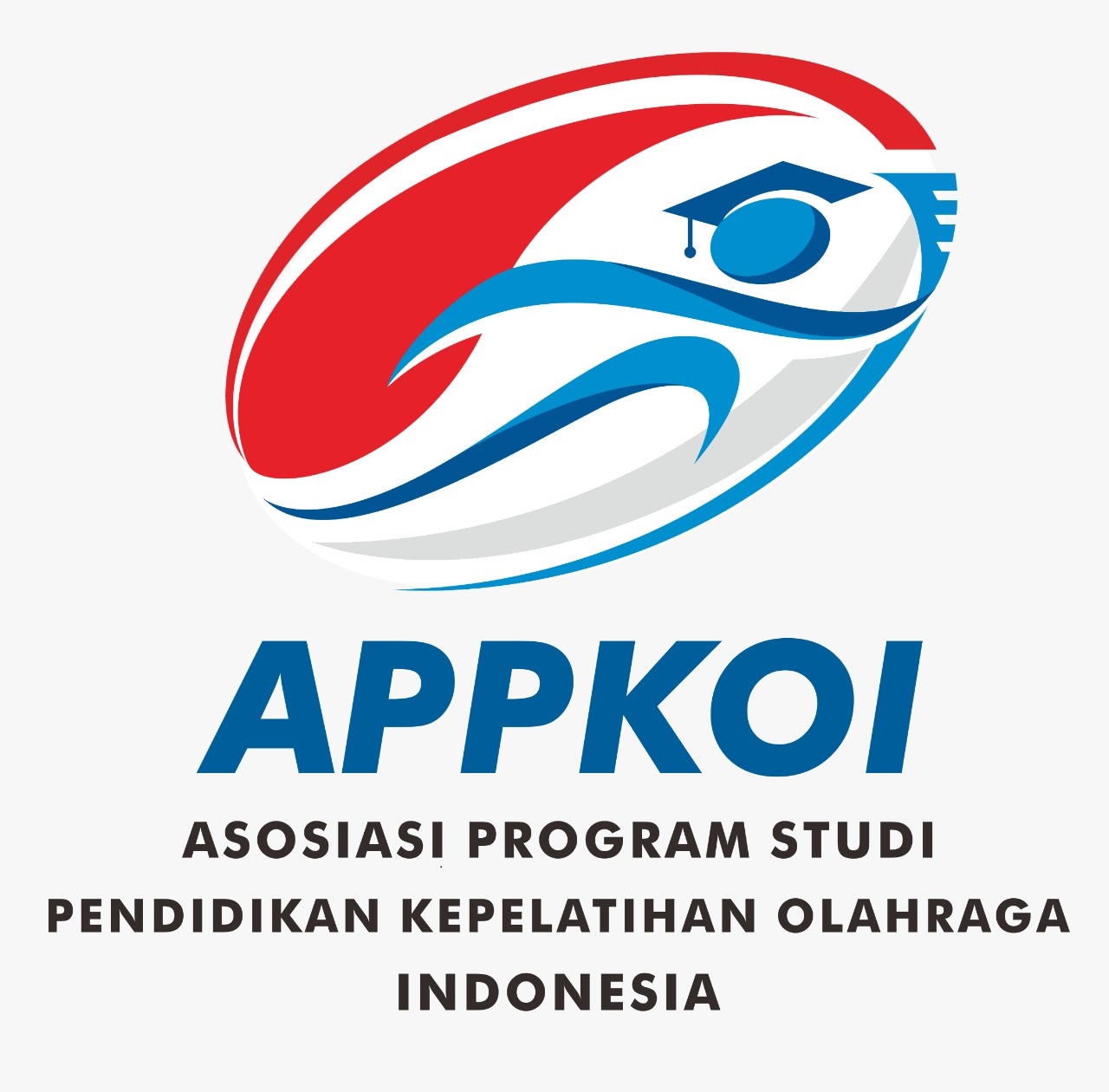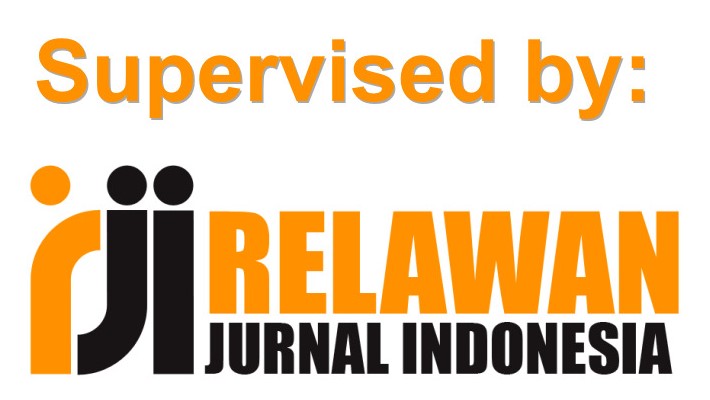Improving Static Balance Skills in Elementary School Children Using Themed Balance Exercises
(1) Universitas Pendidikan Indonesia
(2) Universitas Pendidikan Indonesia
(3) Universitas Pendidikan Indonesia
(*) Corresponding Author
DOI: https://doi.org/10.26858/cjpko.v16i2.63765
Abstract
This study aims to improve balance skills in children by using themed balance exercises. This study used an experimental method of one group pre-test and post-test design. The population of this study were elementary school students in one of the elementary schools in Bandung with the ages of twelve years old. The sampling technique in this study used purposive sampling with certain considerations, selected 25 students who were in the category of moderate and low balance skills. The measuring instrument to measure the level of balance of children using the flamingo balance test. After the intervention of themed balance training for 12 meetings with 4 meetings a week, the data were analysed using the dependent T test. The results showed that children's static balance skills improved significantly after provided with themed balance exercises for 12 meetings. Themed balance exercises provide a variety of fun balance movement exercises that are expected appropriate for twelve-year-old children.
Keywords
Full Text:
PDFReferences
Adolph, K. E., & Hoch, J. E. (2020). The importance of motor skills for development. Building future health and well-being of thriving toddlers and young children, 95, 136-144.
Badaruddin, D. H., Andrews, G. L., Bölte, S., Schilmoeller, K. J., Schilmoeller, G., Paul, L. K., & Brown, W. S. (2007). Social and behavioral problems of children with agenesis of the corpus callosum. Child Psychiatry and Human Development, 38(4), 287–302. https://doi.org/10.1007/s10578-007-0065-6
Bonnechère, B., Omelina, L., Jansen, B., & Van Sint Jan, S. (2017). Balance improvement after physical therapy training using specially developed serious games for cerebral palsy children: preliminary results. Disability and Rehabilitation, 39(4), 403–406. https://doi.org/10.3109/09638288.2015.1073373
Bourbour, M., Vigmo, S., & Samuelsson, I. P. (2015). Integration of interactive whiteboard in Swedish preschool practices. Early Child Development and Care, 185(1), 100–120. https://doi.org/10.1080/03004430.2014.908865
Chanda. "Themed Balance Games For Kids". pinkoatmeal.com., 13 Nov. 2018. Web. 15 Feb. 2024.
Chatzopoulos, D., Foka, E., Doganis, G., Lykesas, G., & Nikodelis, T. (2022). Effects of analogy learning on locomotor skills and balance of preschool children. Early Child Development and Care, 192(1), 103–111. https://doi.org/10.1080/03004430.2020.1739029
Chatzopoulos, D., Varsamis, P., Papadopoulos, P., Giannakos, A., Lykesas, G., & Papadopoulou, S. D. (2022). Effects of Balance Training Using Action Songs on Postural Control and Muscle Strength in Preschool Children. International Electronic Journal of Elementary Education, 15(2), 161–170. https://doi.org/10.26822/iejee.2023.287
Claus, G. M., Redkva, P. E., Brisola, G. M. P., Malta, E. S., de Poli, R. de A. B., Miyagi, W. E., & Moura, A. (2017). atric Exercise Science. The article appears here in its accepted, peer-re-viewed form, as it was provided by the submitting author. It has not been copyedited, proofread, or formatted by the publisher. Jsep, 28, 588–595. https://research.rug.nl/files/30892751/Den_Hartigh_et_al._Short_and_long_term_PM_JSEP_accepted_version_Pure.pdf
Depkes, RI. (2014). Pedoman Tata Laksana Pemantauan Pada Balita Untuk Puskesmas dan Rumah Sakit. Jakarta
De Oliveira, J. A., Rigoli, D., Kane, R., McLaren, S., Goulardins, J. B., Straker, L. M., Dender, A., Rooney, R., & Piek, J. P. (2019). Does ‘Animal Fun’ improve aiming and catching, and balance skills in young children? Research in Developmental Disabilities, 84(July), 122–130. https://doi.org/10.1016/j.ridd.2018.07.004
Fallah, E., Nourbakhsh, P., & Bagherly, J. (2015). The Effect of Eight Weeks of Gymnastics Exercises on the Development of Gross Motor Skills of Five to Six Years Old Girls. European Online Journal of Natural and Social Sciences Special Issue on New Dimensions in Economics, 4(1), 845–852.
Kayap, F. Ç. (2011). The Effect of Movement Education Program on Static Balance Skills of Pre-School Children. World Applied Sciences Journal, 12(6).
Kesehatan, K. (2016). Pedoman Pelaksanaan Stimulasi, Deteksi dan lntervensi Dini Tumbuh Kembang Anak. Direktorat Kesehatan Departmen Kesehatan Keluarga, 59.
Mackenzie, B. (2008). 101 Performance Evaluation Tests.
Muehlbauer, T. (2021). Effects of balance training on static and dynamic balance performance in healthy children: role of training duration and volume. BMC Research Notes, 14(1), 10–14. https://doi.org/10.1186/s13104-021-05873-5
Ozmun, J. C., & Gallahue, D. L. (2016). Motor development. Adapted Physical Education and Sport E, 6(375), 375-390.
Rival, C., Ceyte, H., & Olivier, I. (2005). Developmental changes of static standing balance in children. Neuroscience Letters, 376(2), 133–136. https://doi.org/10.1016/j.neulet.2004.11.042
Rouweler, L., Varkevisser, N., Brysbaert, M., Maassen, B., & Tops, W. (2020). The Flamingo test: a new diagnostic instrument for dyslexia in Dutch higher education students. European Journal of Special Needs Education, 35(4), 529–543. https://doi.org/10.1080/08856257.2019.1709703
Sember, V., Grošelj, J., & Pajek, M. (2020). Balance tests in pre-adolescent children: Retest reliability, construct validity, and relative ability. International Journal of Environmental Research and Public Health, 17(15), 1–13. https://doi.org/10.3390/ijerph17155474
Shim, A., Davis, W., Newman, D., Abbey, B., & Garafalo-Peterson, J. (2021). The Effects of a Pedal-less Bicycle Intervention on Stability Scores among Preschool Aged Children. Journal of Motor Behavior, 53(2), 185–190. https://doi.org/10.1080/00222895.2020.1748859
Tiktampanidi, E., Lykesas, G., Lola, A., & Bakirtzoglou, P. (2021). Effects of a Creative Movement Program on Balance in Young Children. September.
Tomkinson, G. R., Carver, K. D., Atkinson, F., Daniell, N. D., Lewis, L. K., Fitzgerald, J. S., Lang, J. J., & Ortega, F. B. (2018). European normative values for physical fitness in children and adolescents aged 9-17 years: Results from 2 779 165 Eurofit performances representing 30 countries. British Journal of Sports Medicine, 52(22), 1445–1456. https://doi.org/10.1136/bjsports-2017-098253
Tsigilis, N., Douda, H., & Tokmakidis, S. P. (2002). Test-retest reliability of the eurofit test battery administered to university students. Perceptual and Motor Skills, 95(3 PART 2), 1295–1300. https://doi.org/10.2466/pms.2002.95.3f.1295
UNICEF. The formative years: UNICEF‘s work on measuring early childhood development [Internet]. New York; 2014.
Wick, K., Kriemler, S., & Granacher, U. (2021). Effects of a Strength-Dominated Exercise Program on Physical Fitness and Cognitive Performance in Preschool Children. Journal of Strength and Conditioning Research, 35(4), 983–990. https://doi.org/10.1519/JSC.0000000000003942
Zhu, W., Li, Y., Wang, B., Zhao, C., Wu, T., Liu, T., & Sun, F. (2021). Objectively measured physical activity is associated with static balance in young adults. International Journal of Environmental Research and Public Health, 18(20). https://doi.org/10.3390/ijerph182010787
Article Metrics
Abstract view : 9 times | PDF view : 0 timesRefbacks
- There are currently no refbacks.
Copyright (c) 2024 Fenna Fauziah, Ricky Wibowo, Mesa Rahmi Stephani

This work is licensed under a Creative Commons Attribution 4.0 International License.
COMPETITOR IS LICENSED BY :
 COMPETITOR is licensed under a Creative Commons Attribution 4.0 International License.
COMPETITOR is licensed under a Creative Commons Attribution 4.0 International License.
COMPETITOR EDITORIAL LOCATION :
![]() Kampus FIK Banta Bantaeng, Jalan Wijaya Kusuma Nomor 14, Rappocini, Makassar, Postal Code 90222
Kampus FIK Banta Bantaeng, Jalan Wijaya Kusuma Nomor 14, Rappocini, Makassar, Postal Code 90222
COMPETITOR IS INDEXED BY















